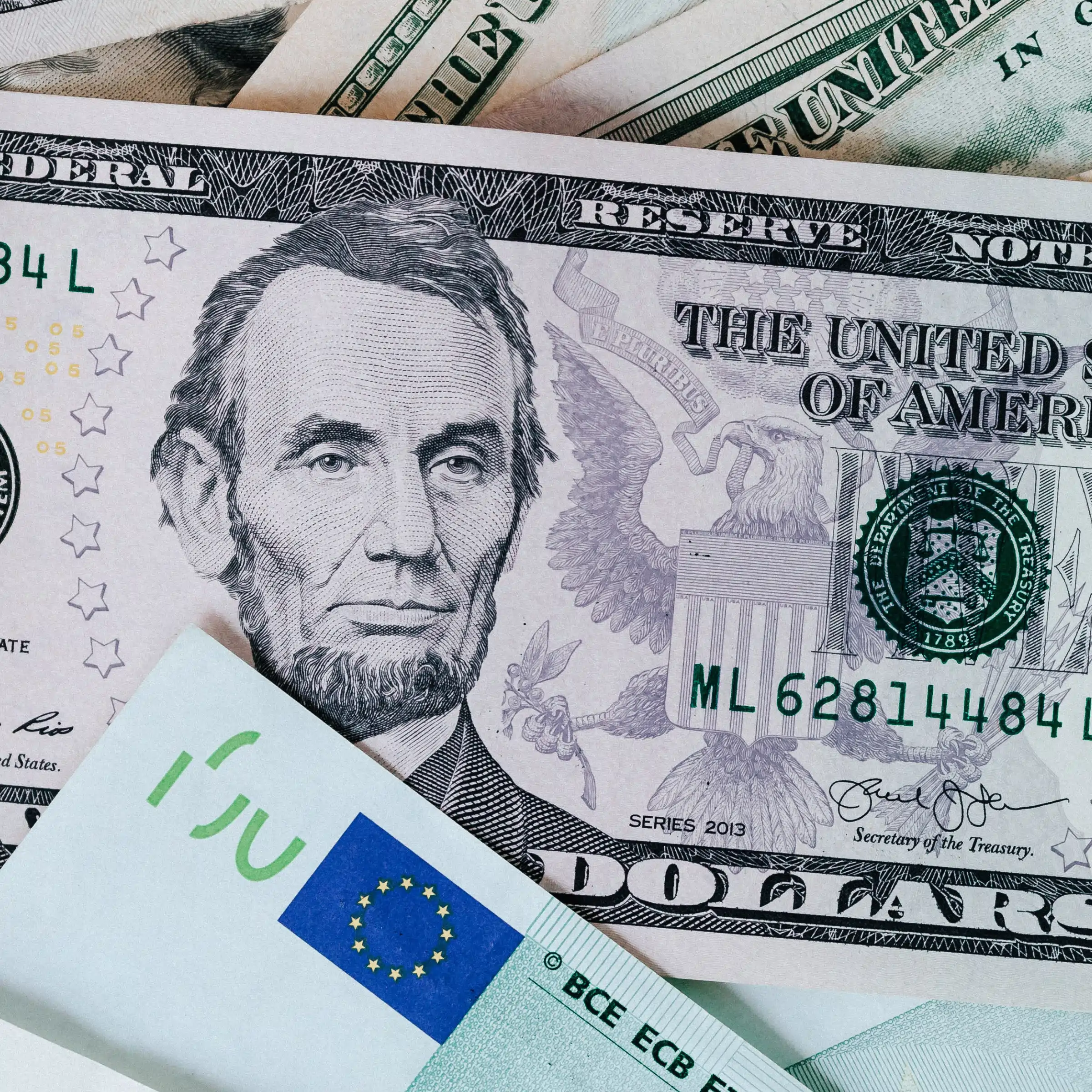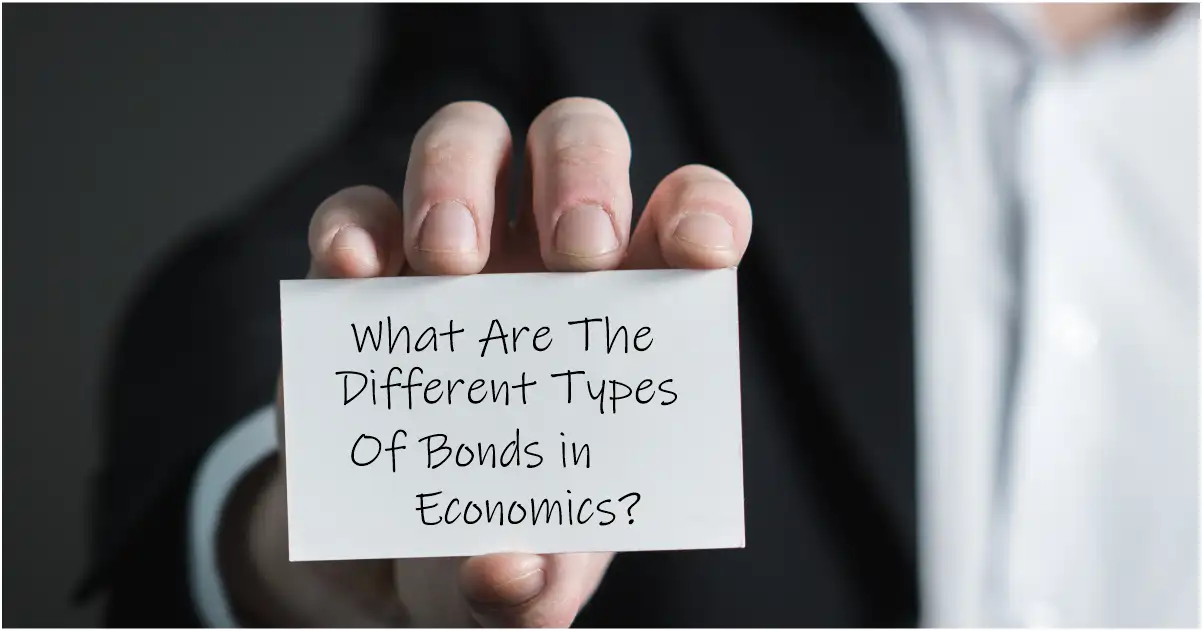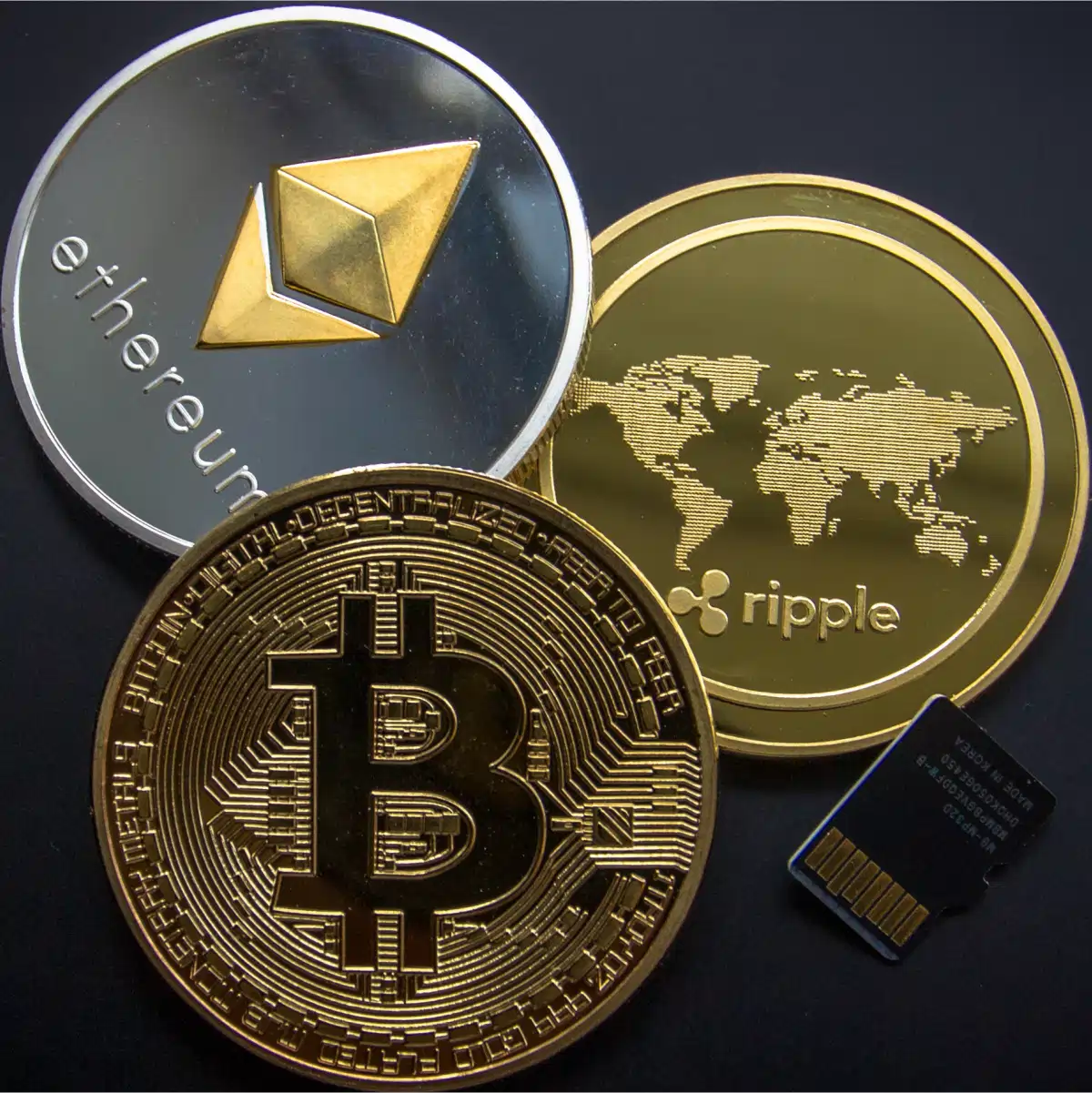Updated on March 7, 2023
From a list comprised of stocks and shares, property, commodities, factories, and equipment, can you point out which asset is not an economic investment? This article aims to remove any confusion about what counts as an economic investment and what doesn’t.
An economic investment is an investment in the future of a business, region, or country. It is usually made by businesses or governments, and it is designed to improve economic productivity.
Therefore, when economists use the term ‘investment,’ they’re typically not referring to financial assets like 401k’s, stocks, or bonds. Economic investments can take many different forms, but they all aim to strengthen the economy or business.
Comparatively, non-economic assets refer to investments that are made for reasons other than financial gain. Here investments are made by either the government or high-net-worth individuals in industries such as education, health care, social services, etc.
The benefit derived from these investments might not necessarily be financial. Indeed, they can also be measured in improved standards of living, cleaner environment, increased health, etc.
Objectives of economic investments
To make a financial return.
Businesses make economic investments to make a financial return. Companies can improve their bottom line and generate more profit by making these investments. This could be investing in new machinery to increase production or training staff to improve skills.
Businesses can significantly impact their bottom line by making the right investment choices. They carefully select investments that have the potential to generate more revenue and profit. This improves their overall financial performance.
To generate employment
Businesses also make economic investments to generate employment and spur economic growth. These investments can take many forms, from hiring new employees to investing in new equipment or facilities. Many businesses also invest in their community by supporting local charities or sponsoring community events.
These activities inevitably result in the growth of economic activity and therefore increase investment opportunities. For example, when Tesla constructed a new Gigafactory in Texas, it increased production. Additionally, it also increased the number of jobs available to the local population.
To support other economic activities.
Businesses make economic investments to support other economic activities. These investments can take many forms, such as investing in new businesses, expanding existing businesses, or investing in infrastructure. By investing in other businesses, companies can provide the capital necessary for these businesses to grow and thrive. This, in turn, supports the overall economy by creating new jobs and generating new tax revenue.
To diversify an investment portfolio.
Businesses make economic investments to diversify their investment portfolio. The idea is to spread the risk around so that if one investment fails, the others will make up for it. This is why businesses often invest in different types of companies. For example, a company might invest in a restaurant, a manufacturing plant, and a retail store. By investing in different types of businesses, the company can reduce its overall risk.
However, this strategy isn’t only undertaken to mitigate risk. It’s also done to invest in industries that might be related to the company’s core product. For instance, although Red Bull’s primary business is the sale of its energy drinks, it also sponsors Formula 1 racing. Consequently, it earns proceeds from those wins as well.
To have a positive impact on society.
Businesses make economic investments to have a positive impact on society. These businesses are typically large organisations that can afford to make these investments. However, small companies and startups can also significantly impact society through their investments.
Characteristics of economic investments
In order for an investment to be considered an economic investment, there are several key characteristics that should first be fulfilled.
Returns
Individual investors, governments, and businesses make economic investments with the expectation of making huge returns. Although the definition of return could vary depending on the investor, the process is initiated to increase value in some way or another.
When it comes to economic investments, positive returns could be in the form of profits, an increase in employment opportunities, increased production capacity, etc. For example, General Motors set out to invest roughly $491 million to upgrade its facility into one capable of handling the company’s electric vehicle transition. This was done after recognising growth in demand and shift towards EVs and the anticipation of future profits.
Risk component
Investments attract risk. This isn’t only true for economic investments but also for investments in financial assets. The primary distinction in this regard could be the fact that there is a higher risk attached to economic investments since they generally involve larger sums of money.
Depending on the size and nature of the investment, there are many risks that could potentially derail progress, such as business, currency, inflation, liquidity, or political risk. These are always considered before a final decision to invest is made.
Expected capital outlay
As previously explained, economic investments are made by high net-worth individuals, governments, and large companies and therefore require huge outlays of capital. They typically use the money to create or develop entire systems in order to generate high returns.
Investments at this level are high stakes and involve huge financial investments such as the construction of mega factories, upgrading equipment or software, relocating manufacturing plants, and other fixed assets. As such, managers or investors take many different factors into account before settling on a plan of action.
Productivity factor
These investments are made with the primary aim to increase productivity in a specific sector, industry, or company. This forms the base consideration that guides the decision of a high net-worth individual, company, or government on whether or not a particular investment is worth the risk and cost.
Which asset is not an economic asset?
Let’s distinguish between economic and non-economic or financial assets. From the list below, test yourself and see if you can determine which belongs to each category.
There are many different types of investments, but not all of them are economic investments. Stocks and shares, for example, are financial investments. They may fluctuate in value and provide some financial gain or loss, but they do not produce anything of real value. Economic investments, on the other hand, are those that produce goods or services that have real value. They are the foundation of a thriving economy and are essential for long-term prosperity.
Investment in property
Property is an economic investment because it can appreciate in value over time, provide a steady income stream, and offer tax advantages. Property can appreciate in value for many reasons, including inflation, market demand, and improvements made on the fixed asset. This appreciation can provide a significant return on investment over time. In addition, rental income from property can provide a steadier stream of income than other investments, such as stocks or bonds. Finally, property ownership offers several tax advantages, including the ability to deduct mortgage interest and depreciation expenses.
Art and collectible items
Collectibles are financial investments and are often referred to as ‘alternative investments,’ meaning they aren’t the same as cash, bonds, stock, mutual funds, or exchange-traded funds (ETFs). There are investors that swear by the profitability of investing in art and collectibles. Interestingly, they do so despite the fact that their world deals with counterfeits, fraud, and con artists regularly.
However, this shouldn’t dissuade you from investing in these items. Investors make fortunes selling such assets, for instance, valuable art and collectibles. Another challenge with these investments is that they are highly subjective. Not everyone will agree on the value of a painting or old baseball cards. This can make it difficult to accurately predict the profit you could make from the sale of such assets.
Commodities
These are raw materials that people use to create products that they sell to the target market. There are two broad categories of commodities; hard and soft commodities. Hard commodities are those that people extract from the earth, such as crude oil, gold, silver, diamonds, and other mineral resources. Comparatively, soft commodities are those that farmers grow and harvest, such as wheat, coffee, sugar, and other agricultural commodities.
They are economic investments because they are raw materials that produce goods and services. These are essential to the production process, and the forces of supply and demand determine their prices. They are a great way to get exposure to the underlying economic activity of a country or region.
Intellectual property
This is the investment in intangible assets originating from human intellect, such as patents, copyrights, trademarks, and others. Intangible assets like literary works, music, art, designs and others made by human beings are can be protected through intellectual property laws.
Intellectual property falls under the category of economic investments. For instance, Nike has a powerful brand name and logo, which it uses to increase revenue and production. This isn’t just true for companies but also entire countries. Countries these days brand and capitalise on their ‘brands’ to encourage tourism.
Infrastructure, e.g., factory buildings
Building a factory is an economic investment because it creates jobs and stimulates economic growth. By investing in fixed assets such as factories, businesses can create new products and services, leading to new jobs and more income for families. Additionally, fixed assets like factories can help to diversify a business’s product/ service offering or that of a local economy, making them less dependent on one industry.
For instance, the government can invest capital to build fixed assets such as factories meant to increase the production of a particular core commodity or increase the country’s gross fixed capital formation. Alternatively, the government might choose to subsidise the construction costs of companies that invest in their local production capabilities.
Purchasing Equipment
The purchase of equipment is an economic investment. The main reason for this is that fixed assets like equipment are a key factor in production. By definition, production is the value of output produced by a firm in a given period of time. Output refers to an organisation’s physical or intangible products or services within a specific timeframe. In order to produce output, firms need inputs, which include both labor and capital. Capital refers to the money used to purchase equipment and any other resources used in the production process.
Investing in fixed assets like equipment, then, is a way of investing in the future productivity of a firm. By increasing the amount of capital available to a company, you are increasing its potential to produce more output in the future.
Tax ramifications of distinction between economic and non-economic assets
The distinction between economic and non-economic assets doesn’t only affect how such assets are categorised but also how they are taxed. For example, in the U.S., economic assets are usually subjected to capital gains taxes when they are sold. Conversely, non-economic assets are usually not subject to capital gains taxes because it is assumed that they were not purchased as investments.
Capital gains tax is a tax imposed on a company or individual’s profits from selling an asset. In most cases, the amount charged for capital gains tax depends on how long the asset was held before it was eventually sold. Consequently, capital gains or losses are considered long-term if the asset was held for over a year and short-term if held for much less.
Additionally, when calculating the tax liability, the asset’s historical cost is also important. Historical cost is a basic accounting principle under U.S. GAAP. The historical cost principle implies that the value of assets is to be recorded at their historical cost or original cost, even if the asset’s value has significantly increased.
From the above information, we can see that many assets are economic investments. These provide the necessary capital to foster economic growth and development. They also generate employment, help investors make huge financial returns, and improve the general quality of life for individuals and communities.
If you want to know more about this topic, make sure to do your research.
This might also interest you:










